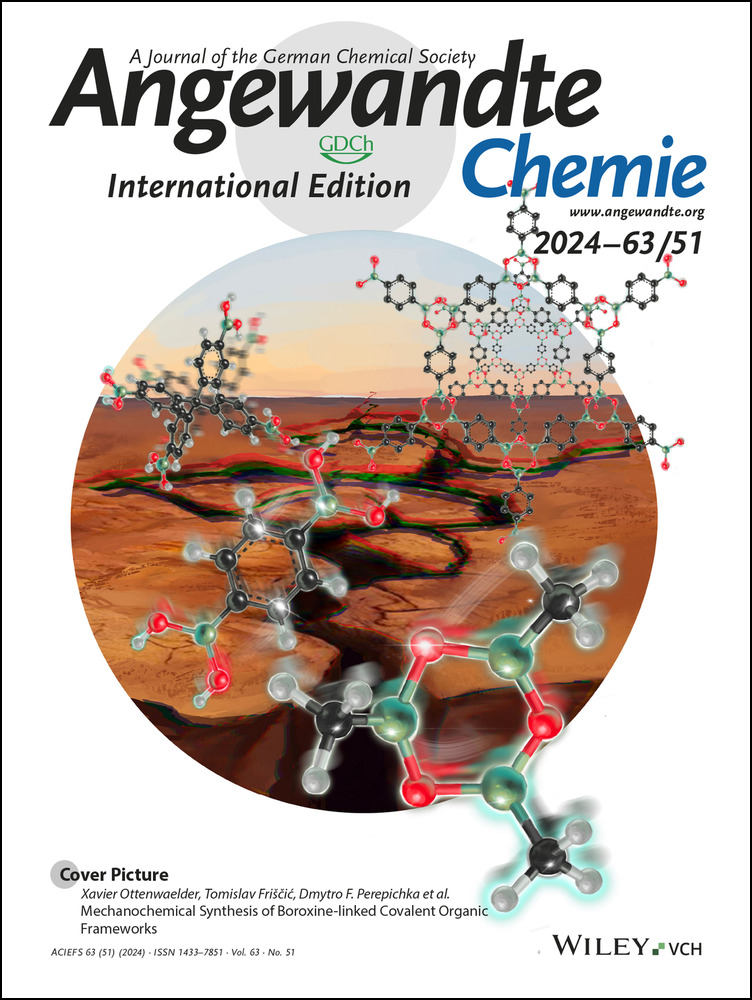Unlocking of Hidden Mesopores for Enzyme Encapsulation by Dynamic Linkers in Stable Metal-Organic Frameworks
Graphical Abstract
Introducing dynamic boroxine linkers into mesoporous PCN-333 creates defects that expand pore sizes, enabling the encapsulation of enzymes larger than the inherent pore size of MOFs. This strategy allows the immobilization of glycoenzymes in MOFs for synthesizing complex oligosaccharides and polysaccharides, demonstrating high activity and enhanced enzyme stability.
Abstract
Mesoporous metal-organic frameworks (MOFs) are promising supports for the immobilization of enzymes, yet their applications are often limited by small pore apertures that constrain the size of encapsulated enzymes to below 5 nm. In this study, we introduced labile linkers (4,4′,4′′-(2,4,6-boroxintriyl)-tribenzoate, TBTB) with dynamic boroxine bonds into mesoporous PCN-333, resulting in PCN-333-TBTB with enhanced enzyme loading and protection capabilities. The selective breaking of B−O bonds creates defects in PCN-333, which effectively expands both window and cavity sizes, thereby unlocking hidden mesopores for enzyme encapsulation. Consequently, this strategy not only increases the adsorption kinetics of small enzymes (<5 nm) such as cytochrome c (Cyt C) and horseradish peroxidase (HRP), but also enables the immobilization of various large-sized enzymes (>5 nm), such as glycoenzymes. The glycoenzymes@PCN-333-TBTB platform was successfully applied to synthesize thirteen complex oligosaccharides and polysaccharides, demonstrating high activity and enhanced enzyme stability. The dynamic linker-mediated enzyme encapsulation strategy enables the immobilization of enzymes exceeding the inherent pore size of MOFs, thus broadening the scope of enzymatic catalytic reactions achievable with MOF materials.
Conflict of Interests
The authors declare no conflict of interest.
Open Research
Data Availability Statement
The data that support the findings of this study are available from the corresponding author upon reasonable request.





